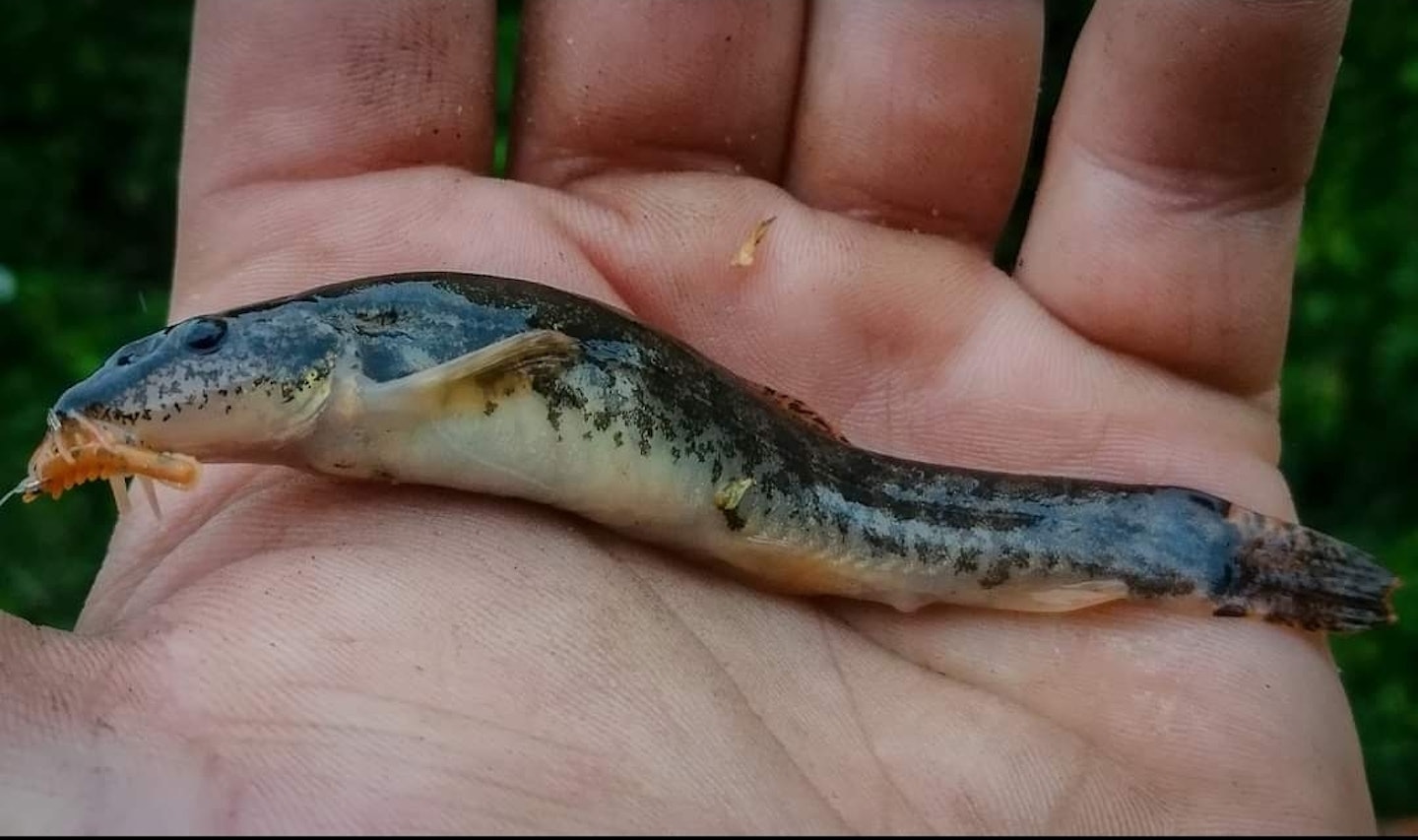With many unusual captures over the years, have you ever wondered which other species are in particularly short supply on this fishing-mad island of ours, and what are our chances of catching them?
From stream-dwelling miniature marvels to mysterious deep-water creatures found only in a few remote corners of the country, here’s our pick of some of Britain’s rarest – and most often overlooked – coarse fish.
Silver bream
Silver bream are far less common than other cyprinids, and are often confused with skimmers and bream/roach hybrids. Their main home used to be the large lowland rivers of the East Midlands and Yorkshire
(Trent, Ouse, Nene, Witham, Nene, Welland) but they’ve spread to other areas and are stocked in some commercials. If you want to catch a big one, try Mill Farm Fishery in Sussex, which holds the British
record.
British record: 3lb 4oz
Habitat: Slow-flowing, rich lowland rivers, drains, canals and lakes.
Diet: Plant material, invertebrates, insect larvae.
Rarity rating: 5/10
FLOAT FISHING IS A GREAT WAY OF TARGETING UNUSUAL SPECIES, CHECK OUT OUR BUYER'S GUIDE FOR THE BEST FISHING RODS.
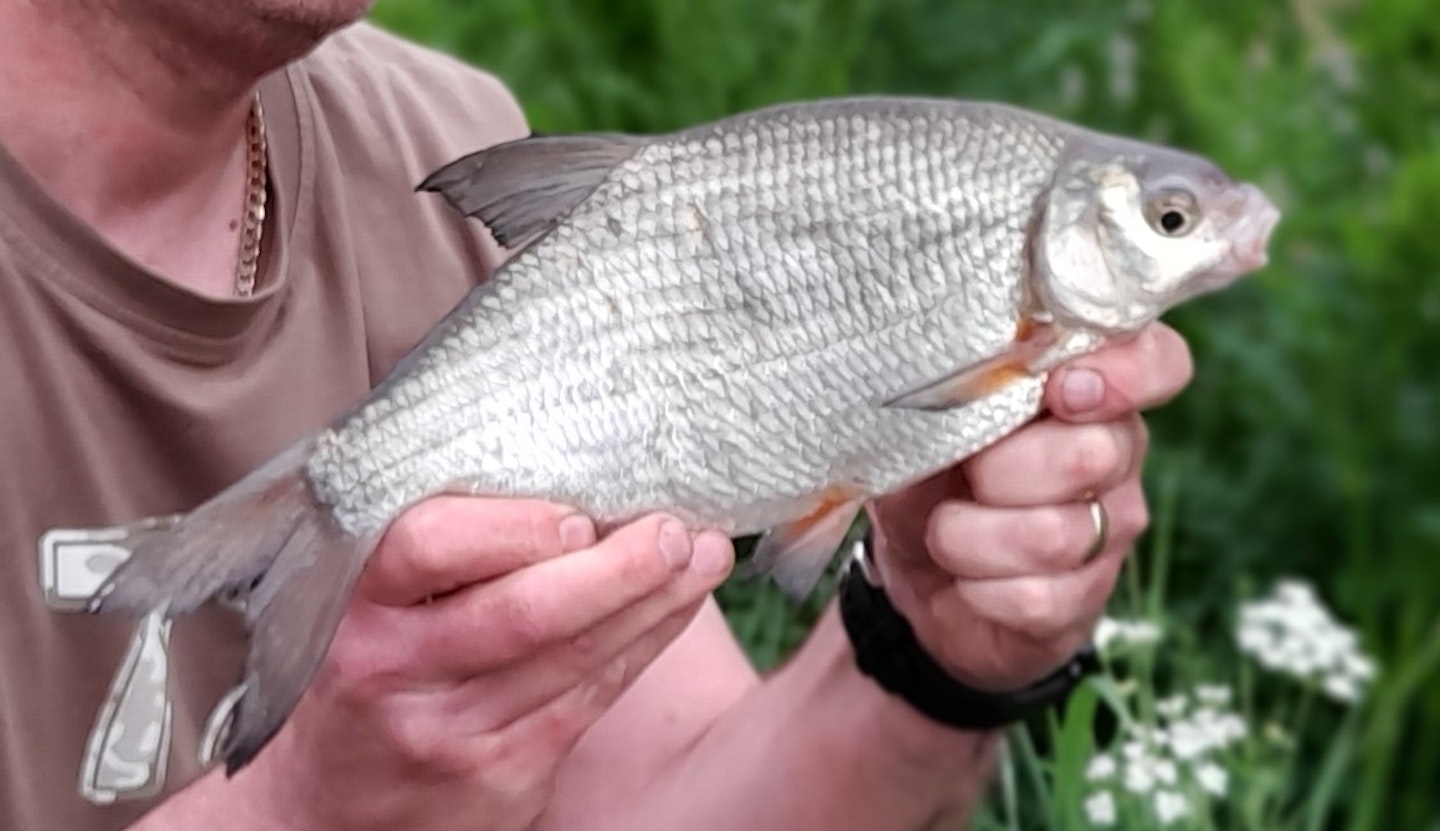
Pumpkinseed
Introduced from North America more than 100 years ago, pumpkinseed are colourful members of the sunfish family found in southern England. They have deep-bodied olive/golden flanks with irregular wavy blue/green lines. Can be found in several commercial venues, where they fall to light float tactics.
British record: 14oz 2dr
Habitat: Shallow, sheltered weedy stillwaters or slow-moving rivers.
Diet: Fish eggs, small fish, invertebrates.
Rarity rating: 9/10
NEED A NEW FISHING REEL? THERE ARE SOME EXCEPTIONAL REELS AVAILABLE UNDER £50.

Bitterling
Typically measuring little more than 5cm, bitterling are found mainly in the South East. The Great Ouse system is a stronghold but they are also found in several Lancashire waters. They have a unique reproduction strategy, with the female laying eggs in the gill cavity of freshwater mussels, where the males fertilise them. As a result, they’re only found in waters holding these bivalves.
British record: 12dr
Habitat: Lakes, slow-moving rivers, Fenland drains and canals.
Diet: Algae, insects, crustaceans and organic/inorganic matter.
Rarity rating: 8/10
CHECK OUT OUR WHERE TO FISH SECTION FOR VENUES TO CATCH A VARIETY OF SPECIES.
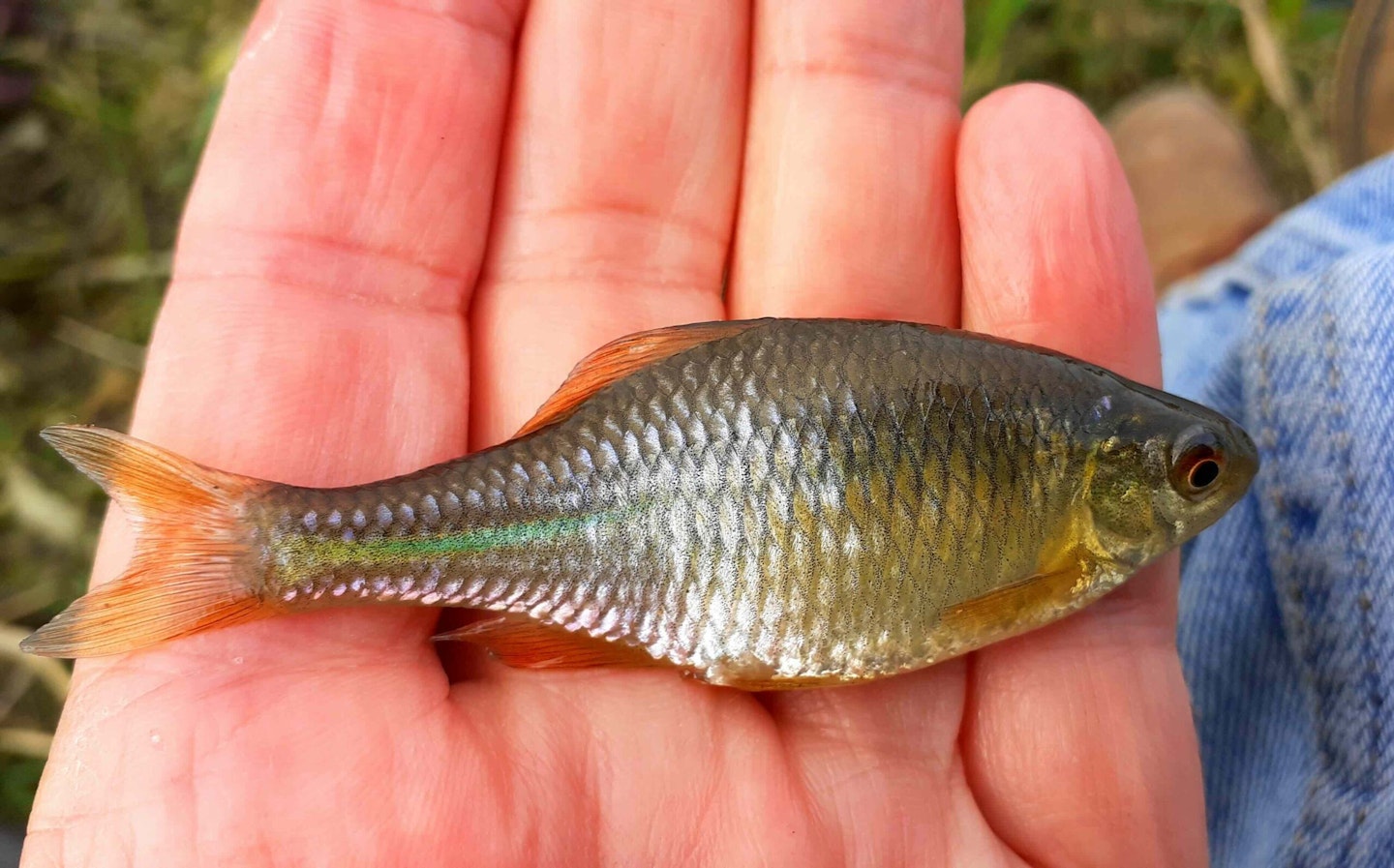
Ruffe
A member of the perch family, with large eyes and mouth, ruffe are handsome little fish that often live in large shoals, and can be found in many types of water, except small ponds and fast-flowing rivers.
British record: 5oz 4dr
Habitat: Formerly only found in catchments of lowland rivers that empty into the North Sea, but have spread north and west, and can even be found in Scottish lochs and Welsh lakes.
Diet: Insect larvae, crustaceans such as water hoglice, fish eggs.
Rarity rating: 6/10
STAY COMFORTABLE ON THE BANK WITH ONE OF THE BEST FISHING CHAIRS.

Schelly
Also known as Powan in Scotland and Gwyniad in Wales, the Schelly is a whitefish that’s restricted to a handful of waters including Haweswater and Ullswater in the Lake District, plus lochs and lakes in Scotland and Wales. Its numbers are perilously low, and species like ruffe prey on their eggs.
British record: None. Typically reach a maximum of 1lb-2lb.
Habitat: Large, deep lakes with clear, well-oxygenated water.
Diet: Mainly ‘macroinvertebrates’ like hoglice and shrimp.
Rarity rating: 10/10
ONE OF THE BEST LANDING NETS WILL MAKE SURE YOU CAN SAFEY LAND ANY RARE SPECIES YOU HOOK.
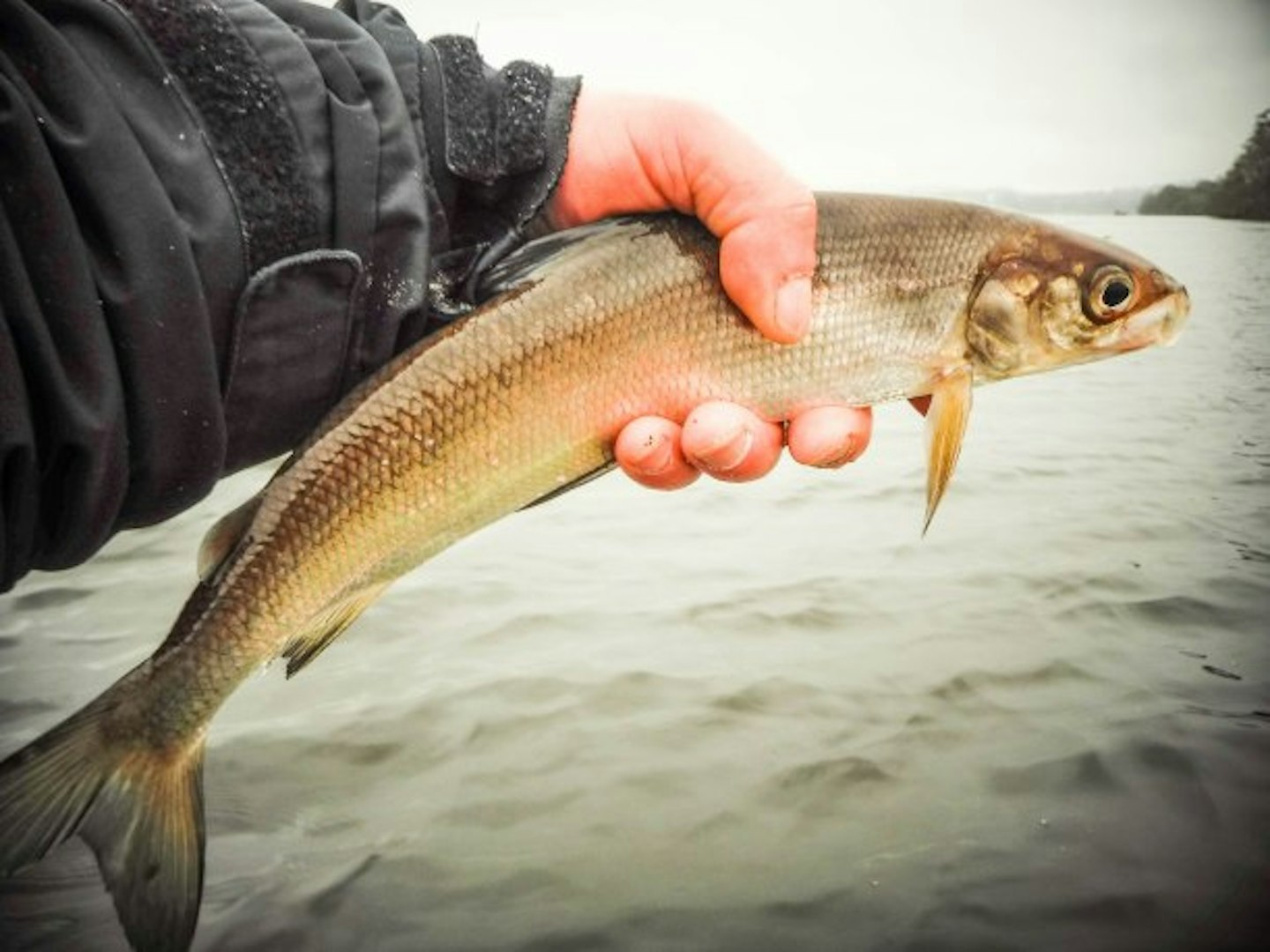
Orfe
Also known as Ide, Orfe were introduced to Britain in 1874 when 100 juveniles were brought from Germany and put into lakes at Woburn Abbey in Bedfordshire. More stockings have taken place, for sporting and ornamental purposes, across Britain, although their numbers remain limited. The Golden variety, in particular, is popular with anglers, and two venues – Lymm Vale in Cheshire and Newdigate Farms in Surrey – have produced them to well over 8lb.
British record: 8lb 5oz (Golden orfe)
Habitat: Clean, slow-moving middle and lower reaches of rivers, also ponds and canals.
Diet: Will eat most things, from fry and larvae, to algae and even their own eggs.
Rarity Rating: 5/10
USING THE BEST POLARISED GLASSES WILL MAKE SPOTTING FISH LIKE ORFE REALLY EASY!
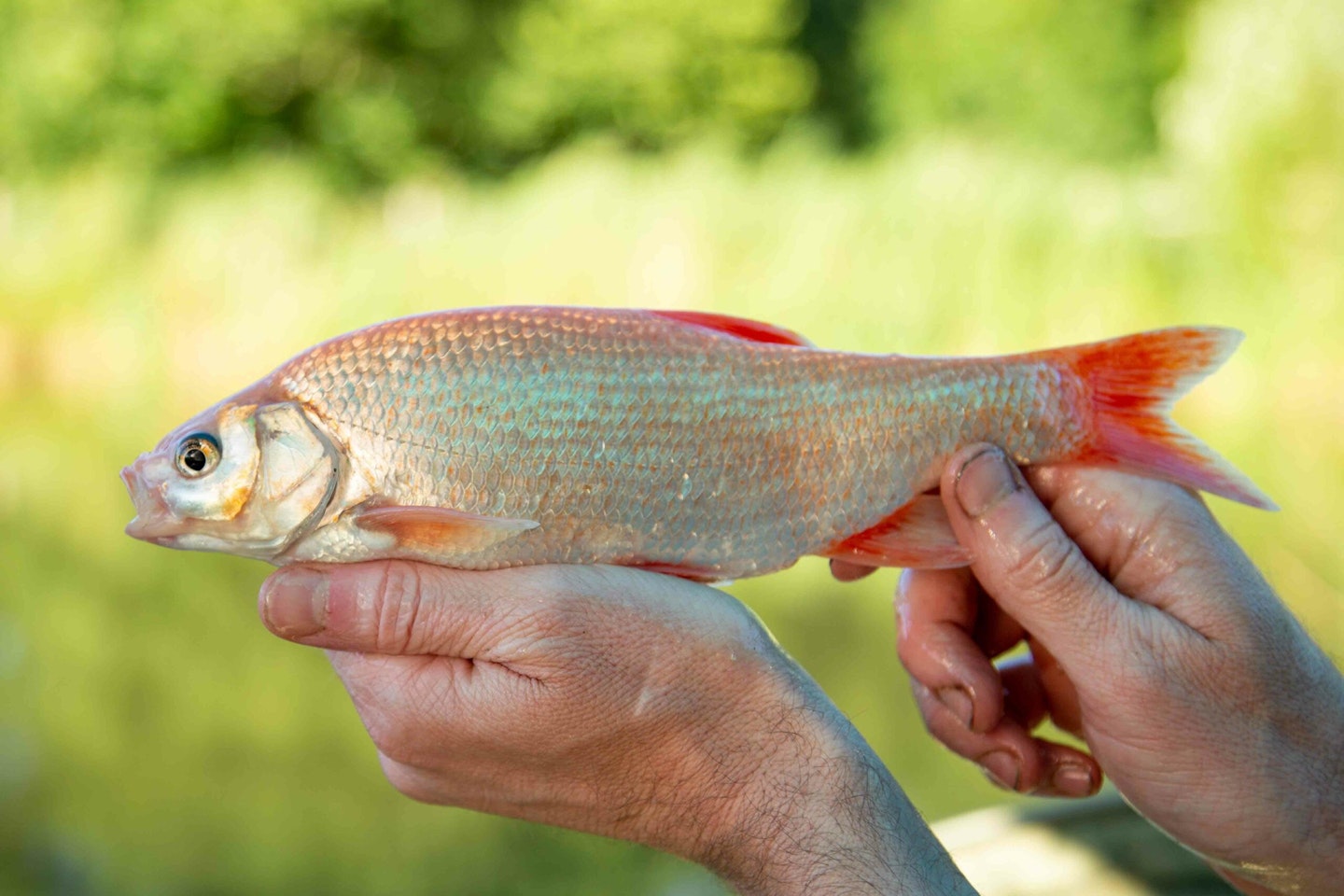
Vendace
Our rarest freshwater species, vendace are a slender fish with a protruding lower jaw that feed at night and often in a shoal. These days, they only exist in Derwentwater in the Lake District, from where a number of fish were relocated to Loch Skeen and Daer Reservoir in the Scottish Borders in the mid-1990s in a bid to boost numbers. They are considered a delicacy across Europe, especially Finland, where Vendace are frequently eaten raw!
British record: None. Typically reach a maximum of 8oz or so.
Habitat: Cool, highly-oxygenated waters.
Diet: Zooplankton such as Daphnia, insect larvae and pupae.
Rarity rating: 11/10
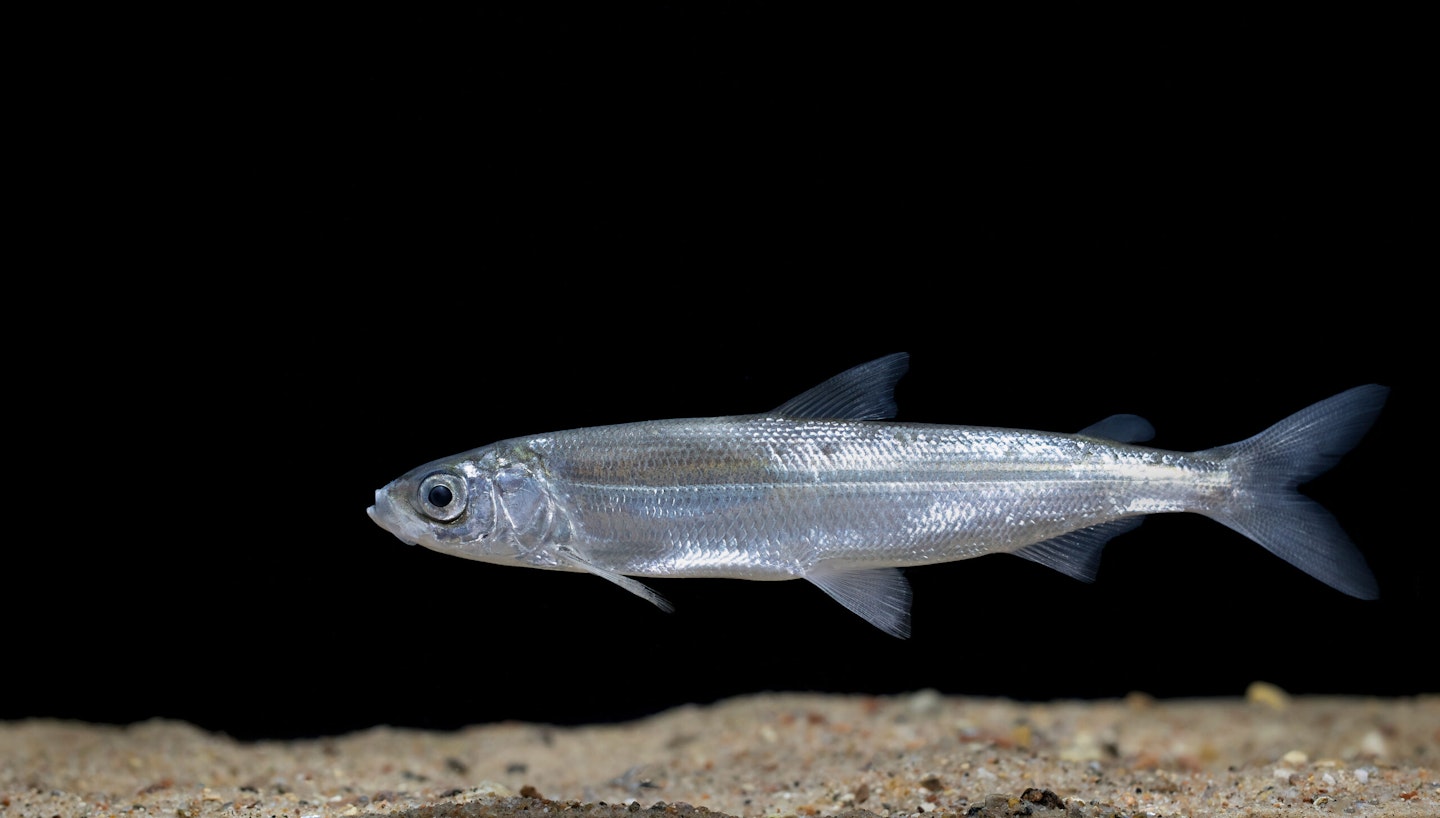
Bullhead
A favourite snack of otters and kingfishers, the bullhead (also known as the Miller’s Thumb) is a small, bottom-dwelling fish that lives a solitary life other than during the breeding season. Centuries ago it was valued for the table!
British record: 1oz
Habitat: Streams, lakes and rivers across England and Wales. Scarce in Scotland.
Diet: Crustaceans, small fish, nymphs and larvae.
Rarity rating: 7/10

Stone loach
Stone loach are one of the first species children find in streams, and were prized by pikers as bait. They also used to be taken for the table, and still are in France!
British record: N/A
Habitat: Streams and rivers offering a mix of sand, gravel and silt.
Diet: Insect larvae, shrimp and crustaceans. Often feed in small packs at night.
Rarity rating: 6/10
